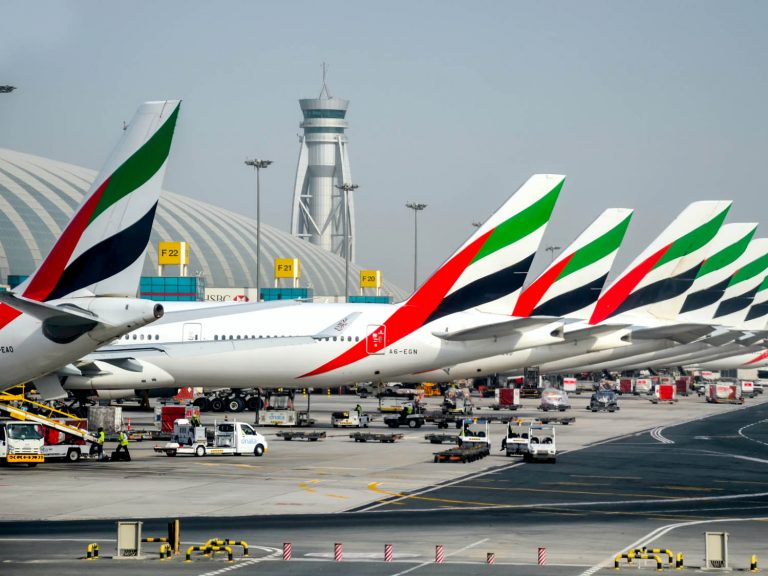
Date:
Air freight’s troubles continue
July saw global air cargo demand fall by 3.4% and capacity grow +7% compared to a year ago, as airlines’ summer schedules stepped up to meet the holiday season’s heightened passenger traffic.
Last month’s global average dynamic load factor, which measures the volume and weight perspectives of cargo flown and capacity available, was at 55%, which was on par with the previous month, but was -3% down on the level of a year ago.
Despite the greater capacity availability another month of falling demand saw volumes drop -2% on June, with the general global airfreight spot rate index falling for the fourth consecutive month.
July rarely provides any performance surprises in the global air cargo market, but carriers will be concerned by the month-on-month declines in average rates, and the accelerating pace of these falls since the start of the year.
The global air cargo spot rate bottomed out in the second week of July, while in the final week, it ticked up 3%, possibly reflecting an easing decline in cargo volumes and slower paced growth in capacity versus previous months.
The recent rise in jet fuel prices might also have contributed to the increase, having already been seen in some rate revisions, but it is likely it will not provide any meaningful impact on freight rates, as demand and supply dynamics for the general air freight market remain unchanged.
Northeast Asia (including China) trade lanes registered the biggest rate declines compared to last year. Both China to the US and US to China airfreight spot rates fell 60+% from a year ago with China to Europe and Europe to China falling significantly, but not by the same levels.
South America to the US and Europe to the Middle East and Central Asia registered the smallest rate declines of 19% and 27% respectively, compared to a year ago.
High yield cargo and commodities are contributing higher margins to carriers, despite a drop in volumes, which is compensating for the high competition in the general cargo market, where high competition means the spot rate (valid for up to one month) has fallen below the seasonal rate (valid for over one month) since May last year.
Cargo requiring special handling continues to produce higher yields, with the spot rate above the seasonal rate since the onset of the pandemic.
For the remainder of this summer, the expectation is that airfreight volumes will remain muted.
The latest manufacturing Purchasing Manager Index (PMI) from China ticked up to 49.3 in July from 49.0 in June, which indicates a slowdown in manufacturing for a fourth consecutive month, while its subindex for new export orders, a bellwether for air cargo demand, also dropped in July.
Going into the usually critical autumn and winter period, we will be looking to secure longer carrier commitments and rates which reflect the reality of today’s market amid expectations that the current environment could continue for the foreseeable future into 2024.
For valuable, special and time-sensitive cargoes there has never been a better time to use air freight, with extremely competitive rates and really interesting service and route combinations.
We have solutions for every critical shipment, please EMAIL Elliot Carlile for insights and advice.
